There is a very curious leather-bound book on display at the National Library of Sweden in Stockholm, called Codex Gigas, or better known as The Devil’s Bible. It contains 310 pages made of vellum from 160 donkeys.
It is 8.7 inches thick, 36 inches tall, 20 inches wide, and historians say that it is physically the largest surviving medieval manuscript from Europe. It is also one of the heaviest books in the world, weighing 165 lbs.
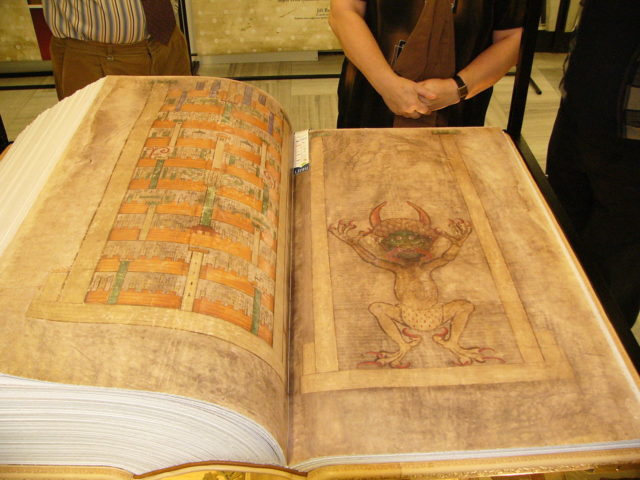
Its size is not the main reason for the popularity of this manuscript but rather the portrayal of Satan that it features. There is a strikingly large image of the Devil who takes up the entirety of Hell. He is depicted as having a green head, small eyes with red pupils, red-tipped horns, two long red tongues, and large claws.
It looks like he bends forwards toward the reader and he seems to be almost naked, wearing only an ermine loincloth which stands as a symbol of royalty, demonstrating that the Devil is the Prince of Darkness. On the opposite page, there is a picture that depicts the Heavenly City, most likely a reference to Jerusalem.
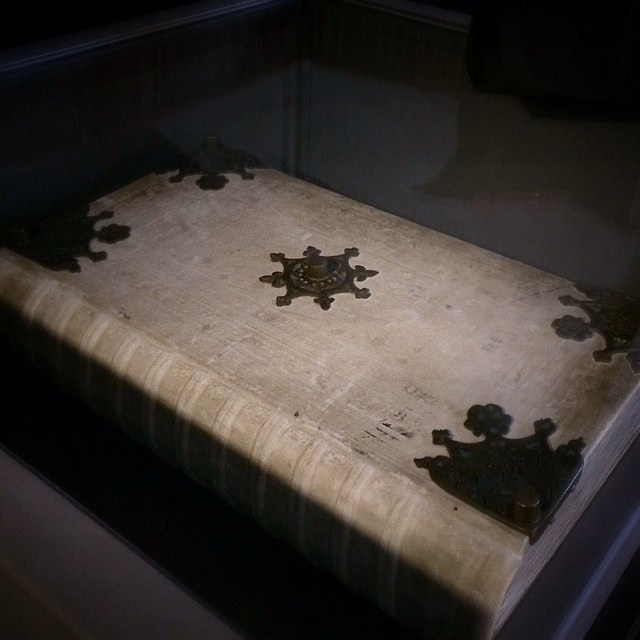
The story goes that the book was written in a single night during the 13th century, by a monk in Bohemia (present-day Czechia).
The monk had broken his religious vows and had to choose between a severe punishment and writing a book that would contain the entire material of human knowledge. He also vowed to complete the book in one night.
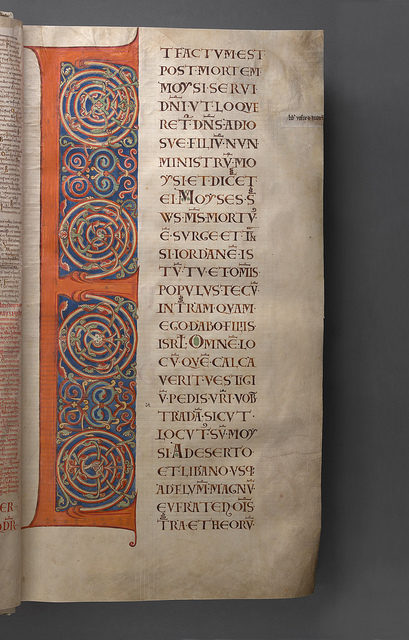
However, the night time on that particular evening was very short for the monk. He was running out of time, going nowhere with the text — and in his despair he summoned Lucifer to help him.
The monk traded his soul for the Devil’s assistance and the book was written by dawn. Once it was done, the Devil marked it with a self-portrait of himself, hence the nickname The Devil’s Bible.
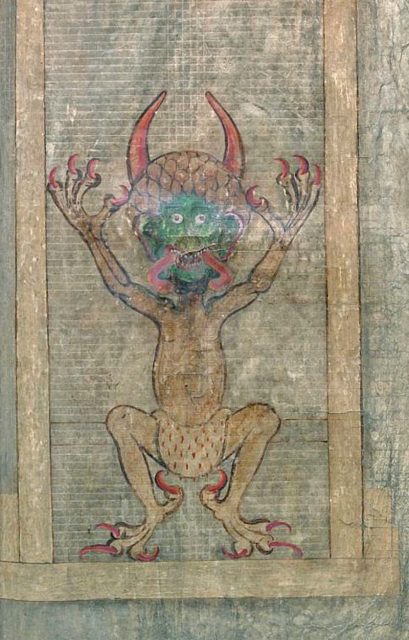
In reality, forensic researchers state that due to the book’s size and precision, it took over 20 years to be completed, or at least five years of non-stop writing. The paleographer Michael Gullick conducted a thorough analysis of the full text and affirmed that it was only one person who wrote the volume.
The content of the book shows that The Devil’s Bible was meant to be an art of history. It contains the entire Christian Bible, the Jewish War, and Jewish Antiquities by Flavius Josephus, the 7th century Encyclopedia by St. Isidor of Seville, the Chronicle of Bohemia by Cosmas, some medical texts, and a collection of texts on exorcism and penitence.
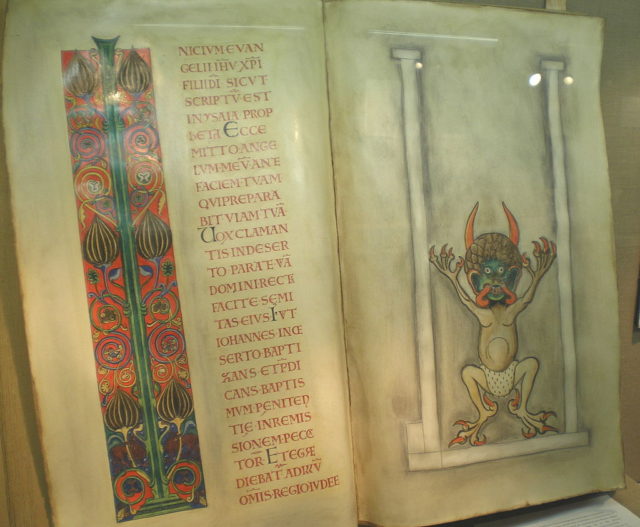
Originally it had 320 pages, and it is believed that in the 10 missing pages the manuscript also contained the Rule of Benedict.
Most of the information about this medieval manuscript come from The Devil’s Bible – Codex Gigas: The Secrets of the World’s Largest Book by Kamil Bouldan, Michal Dragoun, Duan Foltýn, Jindřich Marek, and Zdeněk Uhlíř, published in 2007.
Also, in 2009, National Geographic published a History Documentary The Devil’s Bible, hosted by Chris Saul.
https://www.youtube.com/watch?v=pxXCmEd4nAo
The book was kept in the Broumov monastery from the year 1420 until 1594, when it was brought to Prague. In the summer of 1648, the Thirty Years’ War was coming to an end and the Swedish army were poised to plunder Prague. They took numerous treasured items to Sweden, including the Codex Gigas.
Read another story from us: The Domesday Book – Early England’s Most Important Document
The Devil’s portrait is certainly the most intriguing feature in the book although, it should be noted, that such portrayals of the Devil were not uncommon in medieval Europe. Still, this one is particularly interesting.
